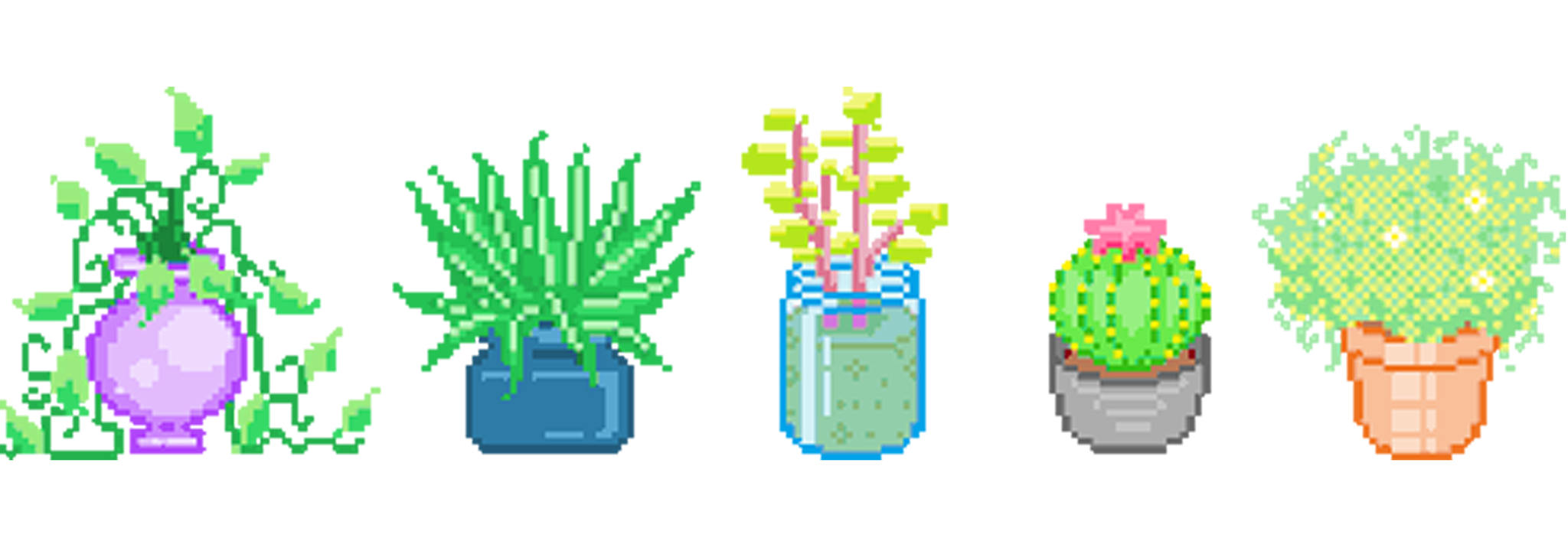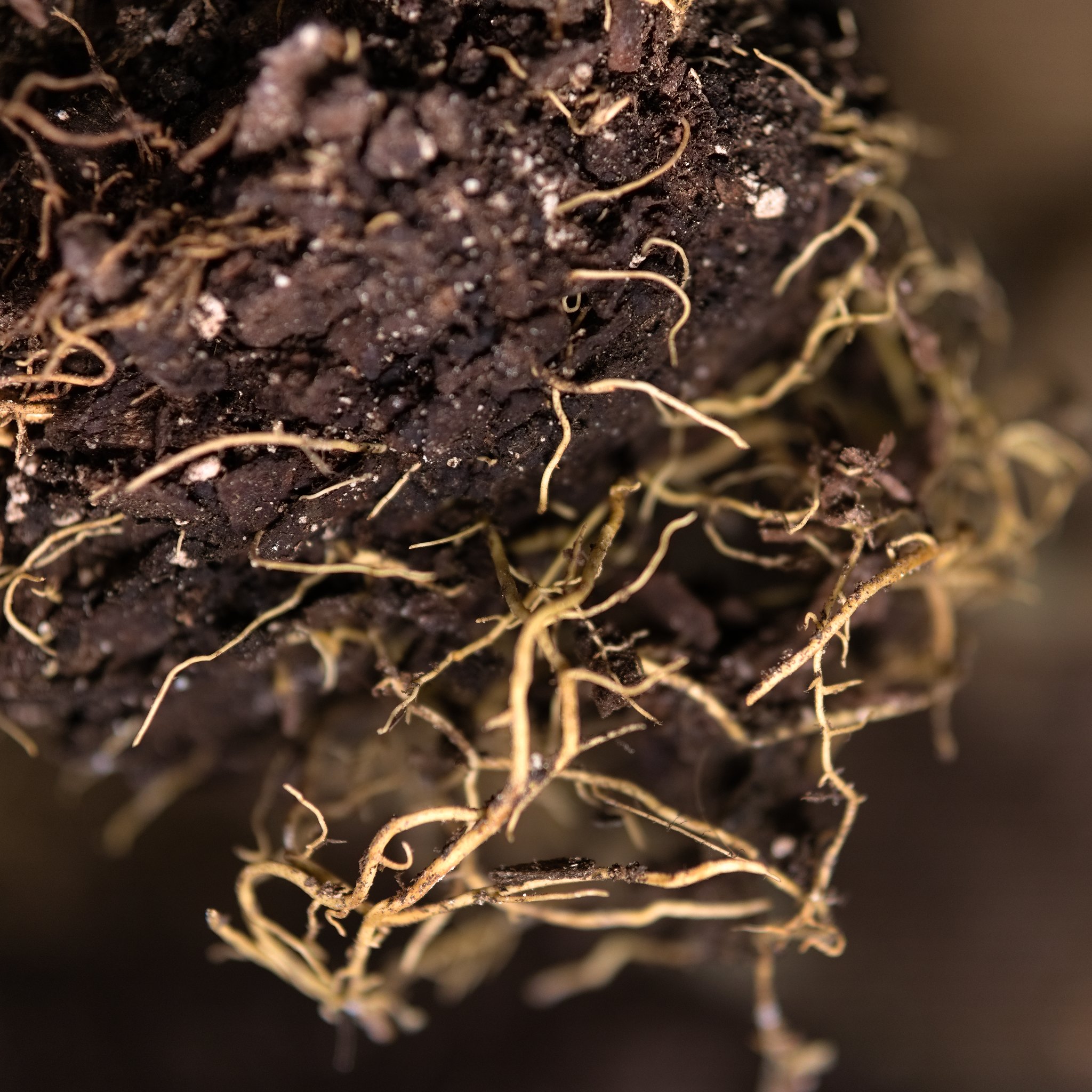I don't know anything about plants but take my virtual support hug. 🫂
Houseplants
Welcome to /c/houseplants @ Mander.xyz!
In between life, we garden.

About
We're a warm and informative space for plant enthusiasts to connect, learn, and flourish together. Dive into discussions on care, propagation, and styling, while embracing eco-friendly practices. Join us in nurturing growth and finding serenity through the extraordinary world of houseplants.
Need an ID on your green friends? Check out: !plantid@mander.xyz
Get involved in Citizen Science: Add your photo here to help build a database of plants across the entire planet. This database is used by non-profits, academia, and the sciences to promote biodiversity, learning and rewilding.
Rules
- Don't throw mud. Be kind and remember the human.
- Keep it rooted (on topic).
- No spam.

Resources
Recommendations
Health
Identification
- PlantNet.org (see also: !plantid@mander.xyz)
- Seek from iNaturalist
Light Information
- GrowLightMeter
- PlantLightDB
- HouseplantJournal (Scroll down.)
Databases
- Catalogue of Life
- Perenual.com
- The Garden.org Plants Database
- Useful Tropical Plants (Interactive Database Version)
- WorldFloraOnline
- USA-NPN
- Tom Clothier's Garden Walk and Talk
- Plants for a Future
- USDA Datasets
- Permapeople.org
- Temperature Climate Permaculture: Plant Index
- Natural Capital Plant Database
- Colorado Plant Database
- SEINet
- North American Ethnobotany Database
- BCSS Field No. Lookup (collection site IDs for cacti and succulents)
- U Michigan Native Plant Database for Michigan by Region
FOSS Tools
- Common House Plants API
- HappyPlants (Monitoring App)
- PlantGeek (Care Info App)
Similar Communities
DM us to add yours! :)
General
Gardening
- !balconygardening@slrpnk.net
- !gardening@mander.xyz
- !nativeplantgardening@mander.xyz
- !gardening@lemmy.ml
- !gardening@midwest.social
- !permaculture@lemmy.world
- !tropical_plants@mander.xyz
Species
Regional
Science
Sister Communities
Science and Research
Biology and Life Sciences
- !anthropology@mander.xyz
- !biodiversity@mander.xyz
- !palaeoecology@mander.xyz
- !palaeontology@mander.xyz
Plants & Gardening
Physical Sciences
Humanities and Social Sciences
Memes

It would help if you had some pictures of the leaves before they fell to rule other things out, but it looks like a blight to me. That spreads by spores entering injured plant tissue. That's why you see the plant producing resin, it's trying to block off the sites where leaves fell so the disease doesn't spread to other areas.
It could definitely be injury from water stress, but could also be temperature stress if you have large fluctuations in anbient temp throughout the day. I kind of wonder if watering by placing the pot in a tub would be more beneficial? Plants will sometimes take up more water that way, but with the mix you have it won't be staying in the substrate long enough to cause rot
It would help if you had some pictures of the leaves before they fell
At first they stay green (even the fallen ones). But as the tree keeps declining, some will turn brown along the edges, in an inverted v-shape, starting from the tip.
Temperature stress is something I'll have to look into. Thank you!
Leaf tips turning brown is usually water stress, which definitely fits with the plant shedding green leaves. I would try watering a little more frequently for sure. Lots of luck with your next one!
First off the 5:1:1 mix is too low in K and P. It needs to be in a ratio of 3:1:2 to 3:1:3.
Potassium is the major catalyst for all sorts of reactions. It is needed everywhere to do all sorts of things but it is never bound up. Without it the plant shuts down.
Dropping lower leaves is often a sign of Phosphate deficiency.
You'll also need to make sure there is enough micronutrients like magnesium, iron, etc for the plant. It's easy to miss these
Citrus plants are also very water sensitive. To wet and they get rot. Too dry and they drop their leaves.
To me it looks like they are too dry and not enough nutrients.
I'm sorry, the "5:1:1 mix" was referring to 5 parts pine, 1 part perlite, 1 part humus / worm castings.
The ferilizer changes throughout the year. But it's mostly 4-3-6, with some 5-1-4 in early spring, and some chelates, when I feel the plant needs them.

